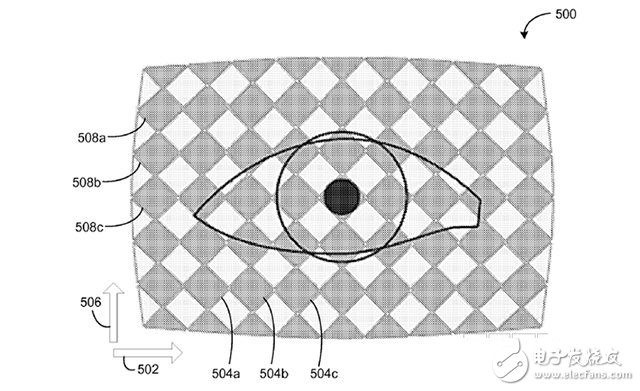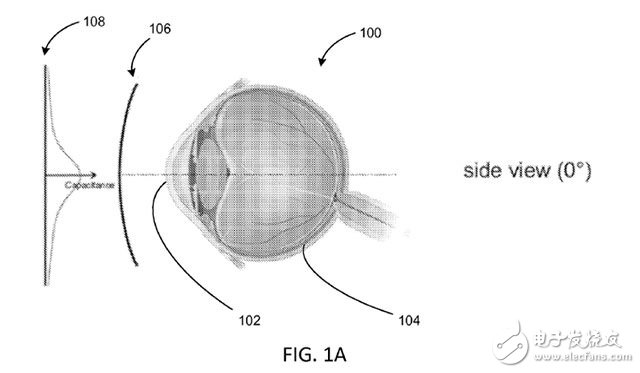Will Microsoft be making a major leap in AR or VR? Recently, Microsoft was hit by eye tracking of the latest patents. And this patent will be applied in AR glasses HoloLens and VR helmets in the future?
As computers are combined with our senses through augmented reality (AR) and virtual reality (VR), how to better track our perceptions or how to track the sights we see in the real world becomes more and more important. This technology will also help increase user accessibility, regardless of the user's physical capabilities.

The MSPU mentioned in the report how the computer determines what we are looking at is a very important factor, especially in achieving more accurate augmented reality (AR) and virtual reality (VR), as well as helping those with physical disabilities. Clearly, Microsoft has been working hard to develop solutions.
According to Microsoft's patent application, we can know that the company is researching new technologies to better track the direction of the user's eyes. According to the patent, Microsoft's goal is to help users interact with computers to overcome the problem of not being able to use the mouse to move the cursor, and to help those who are handicapped and unable to operate the computer can still use computers, such as industrial control, aviation and Emergency room and other situations. Of course, this technology will also be used in augmented reality (AR) and virtual reality (VR) applications.

As pointed out by the MSPU, Microsoft's current major augmented reality (AR) solution, HoloLens, can only detect the position that the user's head is facing, that is, the direction in which the user's eyes extend in a straight line, indicating the direction in which the user is looking. . However, the technique outlined in this patent uses a combination of sensor and processor to determine the location of the user's actual eye gaze, regardless of the head position.
Although there are other systems for this purpose, Microsoft believes that these systems are expensive, complex, and require too much power and volume. This patent generally describes a system that helps reduce size, complexity, and power requirements while improving the accuracy of determining eye movement and direction.
Fundamentally, the system will determine the direction of eye gaze relative to the direction of the user's head, such as when the user's head is facing the right side, the eye is looking to the left, so for the user, augmented reality (AR) and Virtual reality (VR) applications can work better than systems that are fixed in space. The system will use a capacitive sensor that is close enough to the front of the eye to detect eye bulges and use a particular device for the user's physiology. Contact lenses with a conductive material can also be placed over the eye to enhance the responsiveness of the capacitive sensor.

As always, after the patents of various inventions were submitted, they never saw it. If Microsoft's patent can develop the actual product, then Microsoft will create a cost-effective, accurate and fast way to perceive what the user is looking at. This will benefit future Augmented Reality (AR) and Virtual Reality (VR) applications and will also help anyone with a barrier to using a computer with a traditional keyboard and mouse.
The invention of this new technology must be applied to practice. If Microsoft can have its own actual product development, it will usher in an innovative leap.
PCB circuit boards are widely used in automotive electronics, including power control systems, safety control systems, body electronics systems, and communications.
In the future, automotive electronics will move toward the trend of big functions, namely: mobile communications, multimedia leisure, safe driving assistance (including automatic driving), ride comfort, energy saving (including electric vehicles), protection and preservation, all of which pose challenges to the PCB industry. At the same time, it also provides good development opportunities. For example, autonomous driving will bring large-scale applications of millimeter-wave radar, so the demand for high-frequency PCB boards for radars will be significantly increased, and the value is significantly higher than traditional PCB boards; BMS in electric vehicles is one of the core components. PCB board is one of the basic components of BMS and will benefit from the development of electric vehicles.
Pcb Car,Automotive Pcb Circuit Board,Circuit Board Pcb For Automotive ,Circuit Pcb For Automotive
Chuangying Electronics Co.,Ltd , https://www.cwpcb.com